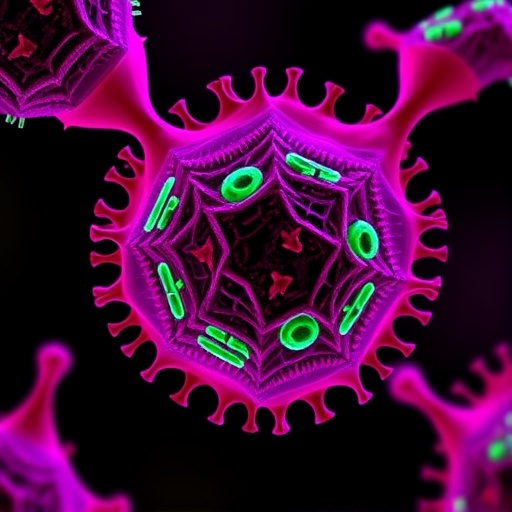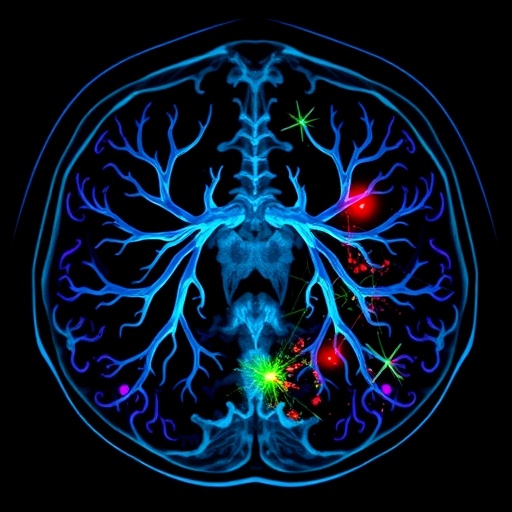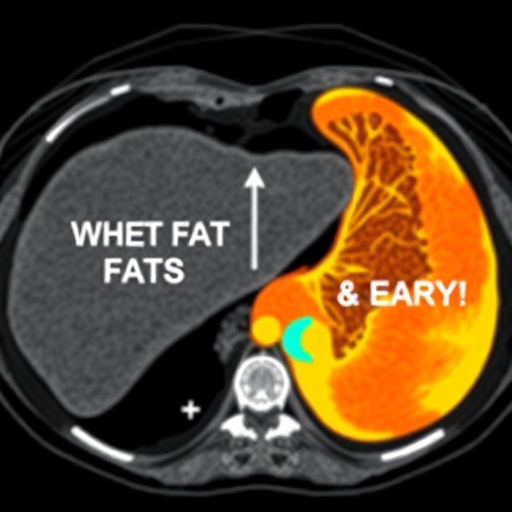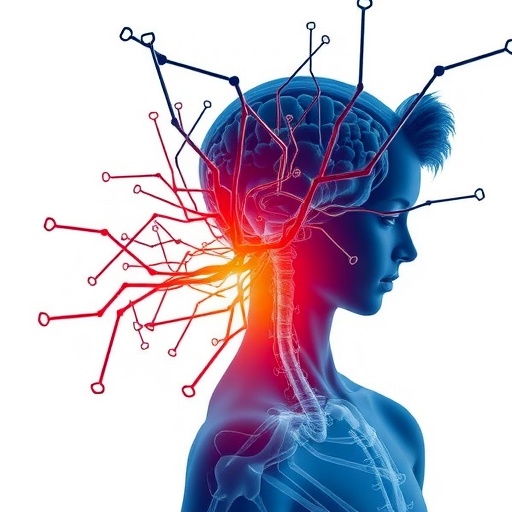PROTECT YOUR DNA WITH QUANTUM TECHNOLOGY
Orgo-Life the new way to the future Advertising by AdpathwayIn the evolving landscape of global health, the epidemiology of acute myeloid leukemia (AML) in children and adolescents emerges as a critical area of study. Recent research conducted by a team led by Jia et al. provides an in-depth analysis of the incidence and trends of AML from 1990 to 2021. This groundbreaking study is part of a global burden of disease initiative that aims to elucidate not only the prevalence of this aggressive form of leukemia but also the demographic disparities and associated risk factors that complicate its understanding and management.
Acute myeloid leukemia is characterized by the rapid proliferation of myeloid cells in the bone marrow and blood, leading to severe health implications. Unlike its more common counterpart, acute lymphoblastic leukemia, AML is relatively rare in the pediatric population, yet it poses significant risks due to its aggressive nature and lower survival rates. The research highlights the necessity for vigilant monitoring and responsive healthcare systems to address the unique challenges presented by AML in younger demographics.
One of the most compelling findings from the study is the geographical variation in the incidence of AML. Certain regions report higher rates of childhood AML, suggesting that environmental factors, genetic predispositions, and variations in healthcare access may play pivotal roles in these disparities. This aspect of the research aims to challenge conventional perceptions that childhood cancers are uniformly distributed across populations and showcases the need for tailored health strategies.
Furthermore, the research emphasizes the need for improved protocols for early detection and intervention. The innate challenges of diagnosing AML in children can result in delayed treatments, exacerbating health outcomes. This study advocates for heightened awareness among healthcare providers regarding the symptoms of AML in younger patients and the incorporation of more robust screening methods in pediatric healthcare.
Another critical aspect of the study is the examination of socioeconomic factors that influence the impact of AML on affected families. The financial burden of treatment, as well as the psychological toll of a cancer diagnosis, can significantly alter family dynamics. The research underscores the necessity for comprehensive support systems that provide not only medical assistance but also emotional and financial resources for families navigating the complexities of a cancer diagnosis in a child or adolescent.
The burgeoning field of molecular research into AML also finds its place in this study. An understanding of the genetic and molecular underpinnings of AML in pediatrics is paramount. Recent advancements in genetic profiling are opening doors to targeted therapies that hold the potential to improve outcomes. This linkage between research and clinical application serves as a beacon of hope for future treatments that could significantly enhance survival rates in young patients suffering from AML.
Additionally, the study sheds light on the importance of international collaboration in tackling AML. By pooling resources and data from various countries, researchers can attain a more comprehensive understanding of this disease’s epidemiological trends. Such collaboration could lead to improved guidelines and shared protocols for treatment, enabling clinicians worldwide to offer the best possible care to their patients.
The findings also spotlight the impact of public health initiatives in reducing the burden of AML. Increased health awareness campaigns, alongside educational outreach regarding childhood cancer symptoms and treatment options, are integral to improving early detection rates. Heightened awareness within communities can facilitate a shift towards proactive health measures, ultimately fostering better health outcomes for children and adolescents at risk for AML.
In summary, the study by Jia et al. reveals the multifaceted nature of acute myeloid leukemia in children and adolescents, highlighting the urgent need for continued research and enhanced public health strategies. As we progress deeper into understanding the genetic, environmental, and social determinants of this disease, it is imperative that healthcare policies adapt to meet the evolving needs of this vulnerable population. More so, this research serves as a call to action for the global health community to unite in the pursuit of improved diagnostic techniques, treatment modalities, and supportive care frameworks tailored to the needs of young AML patients.
As the landscape of cancer research continues to evolve, the hope is that studies like this will pave the way for innovative treatments and strategies that not only combat AML but also foster a profound understanding of its implications in childhood health. The journey toward reducing the burden of acute myeloid leukemia in children and adolescents is one that encompasses not only the medical fields but also socio-economic considerations, psychological support, and enhanced public health education.
The urgency of addressing AML’s impact cannot be overstated. With significant advancements in our understanding of pediatric cancers, this study’s insights will undoubtedly fuel ongoing discussions, inspire further research, and lead to a more robust framework for addressing such a serious health challenge. Collaborative efforts among researchers, healthcare providers, and the community at large are essential in ensuring that the fight against acute myeloid leukemia continues with vigor and determination.
Understanding and preparing for the challenges posed by AML in children can save lives and improve outcomes, and this study serves as an indispensable resource to guide those efforts toward meaningful change and hope for the future.
Subject of Research: Epidemiology of acute myeloid leukemia in children and adolescents (1990–2021)
Article Title: Epidemiology of acute myeloid leukemia in children and adolescents (1990–2021): a global burden of disease study.
Article References:
Jia, F., Li, Y., Hao, T. et al. Epidemiology of acute myeloid leukemia in children and adolescents (1990–2021): a global burden of disease study. Sci Nat 112, 86 (2025). https://doi.org/10.1007/s00114-025-02037-4
Image Credits: AI Generated
DOI: 10.1007/s00114-025-02037-4
Keywords: Acute myeloid leukemia, epidemiology, children, adolescents, global health, cancer burden, socioeconomic factors, early detection, genetic research, public health initiatives.
Tags: acute myeloid leukemia in childrenaggressive leukemia in adolescentsdemographic disparities in leukemiaenvironmental factors influencing leukemiaepidemiology of AML in youthsgeographical variation in leukemia incidenceglobal health initiatives for leukemiahealthcare systems and AML managementmonitoring childhood leukemia casesrisk factors for acute myeloid leukemiasurvival rates of pediatric AMLtrends in pediatric leukemia incidence


 5 hours ago
3
5 hours ago
3





















 English (US) ·
English (US) ·  French (CA) ·
French (CA) ·